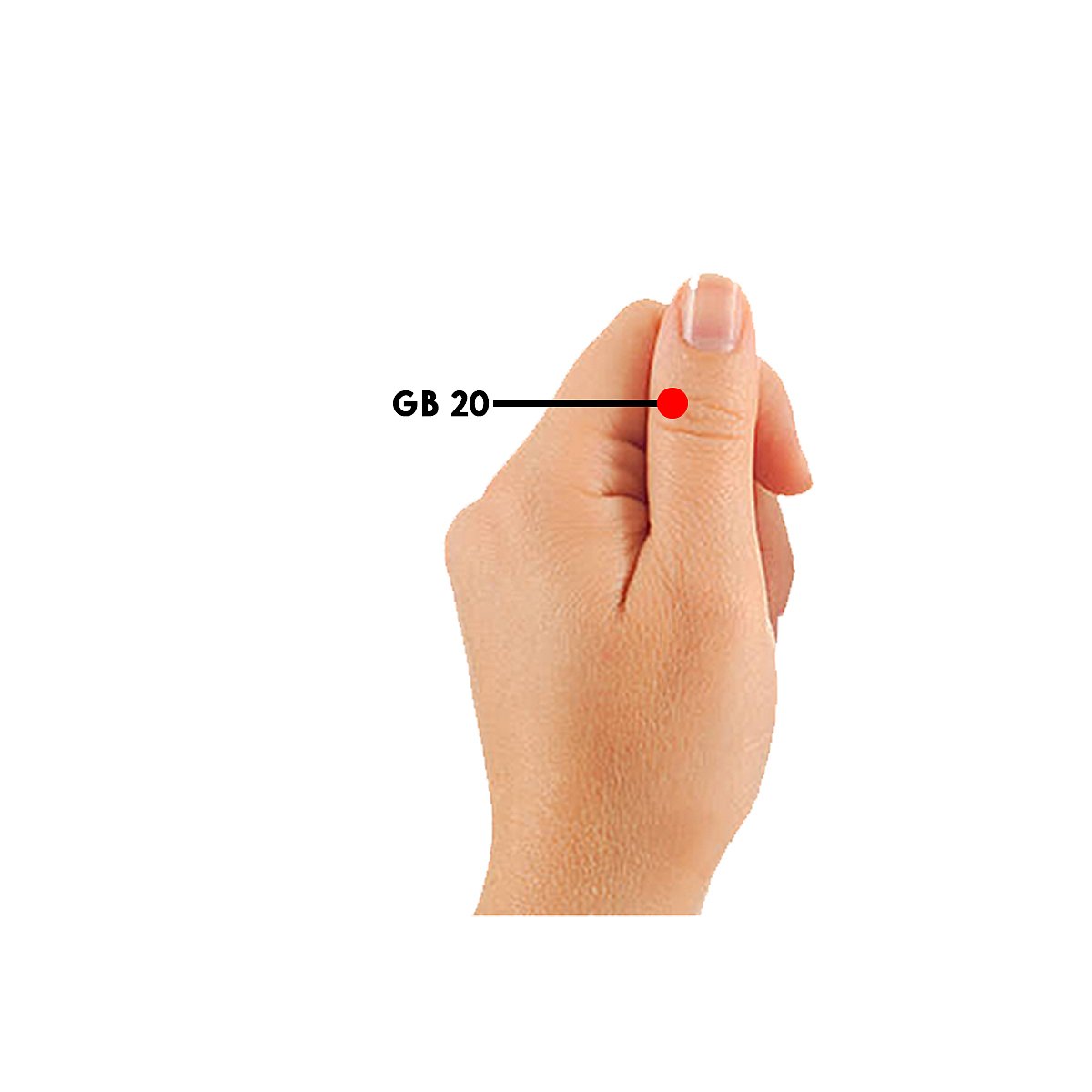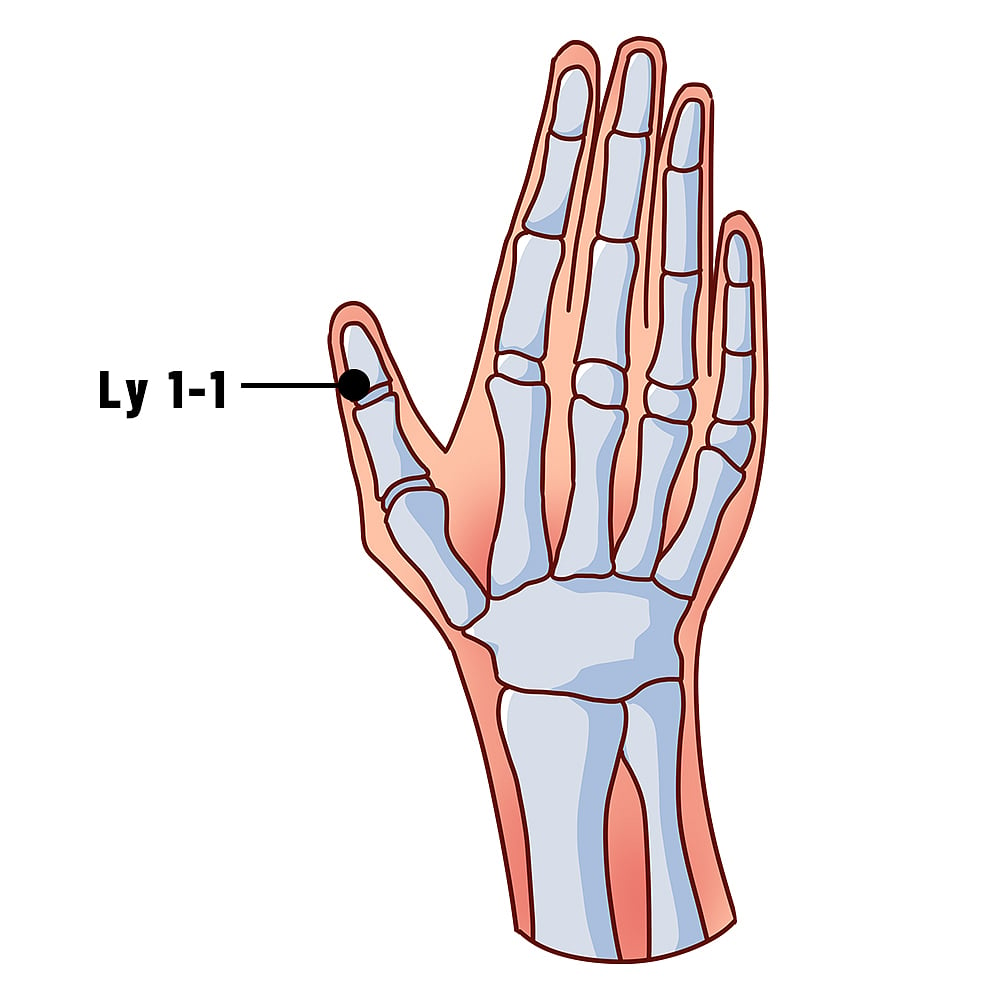Vaccinated? Single or double jab? Hope you are taking care of your immunity? You get to hear this a lot now, thanks to the virus that has disrupted all of mankind. Despite being fitter and having more medical resources at our disposal than at any time of the existence of humanity, the virus has humbled us. It has rendered our immunity incapable of fighting for the body without the help of man-made vaccines. What is the immune system? It’s a complex network of cells, tissues, and organs. Together, they defend your body against things that can cause infection, like bacteria. Why does it ease a bit as you get older? That’s still, a bit of a mystery.
“The medical community is still trying to determine exactly how and why immunity decreases with age,” says Dr. Kira Rubtsova, an immunity researcher at National Jewish Health in Denver. When immunity drops, less antibodies are produced. Infections occur more often, are severe and spread quickly. One should of course consider natural supplements to boost immunity – like Vitamin C 1000 + Zinc.
But do note that your body does not store vitamins; excessive dose of trace metals can be harmful for the body. Therefore, I suggest a non-invasive way of boosting the immunity naturally based on activating the body’s own laboratory through a science that has been with us ever since civilization. The natural immunity boosters have been discussed in my previous articles, but for readers ready reference these are given on our website www.artofselfhealing.in.
One who has been reading my articles will surely know as to how to trace these meridians but for new readers I may explain that there are 14 meridians running through our body from head to toes. It would embarrass the ladies to go through the treatment, but Prof Park Jae Woo of South Korea researched and found out that these meridians. are also on the front and back side of our fingers and toes. The place for these are given in the figure. These Protocols are based on the research done by the Institute of Acupressure and Holistic Healing. Allahabad since over two decades.
Treatment: One has to take a Jimmy / Probe or a pencil with its lead point broken and smoothened. Without applying much pressure move the blunt point in the area shown on the skin of fingers and toes. The affected point as shown will be very painful. Stimulate it, by turning it clockwise and anticlockwise for a minute or two. One will generally, feel some relief instantly. Paste tiny Byol magnets for about eight hours - preferably before sleeping. If the point has an arrow up, please use a magnet with yellow side touching skin and if arrow down then white touches skin. The points are to be stimulated three to four times in daytime and magnets attached at night. Repeat the treatment till the problem is over.
For boosting immunity: Treat points Lu 9 ↑, K 3 ↑

Now let me discuss another issue that troubles older people.
Hypertension in old age:
The prevalence of arterial hypertension, particularly systolic hypertension, is constantly rising worldwide. This is mainly the clinical expression of arterial stiffening because of the population’s ageing. Chronic elevation in blood pressure represents a major risk factor not only for cardiovascular morbidity and mortality but also for cognitive decline and loss of autonomy later in life.
Clinical evidence obtained in community-dwelling older people with few comorbidities and preserved autonomy supports the beneficial effects of lowering blood pressure in older hypertensive subjects even after the age of 80 years. However, observational studies in frail older individuals treated for hypertension have shown higher morbidity and mortality rates compared with those with lower blood pressure levels.
Clearly, in very old subjects, the therapeutic strategy of one size fits all cannot be applied because of the enormous functional heterogeneity in these individuals.
Points to treat Hypotension In old age: H 6 ↑ GB 20↓. There are certain yogic mudras that are effective against hypertension, visit our website to know more about the mudras. Low blood pressure (hypotension) occurs when blood pressure drops below the normal range. Doctors generally define low blood pressure as 90/60 mm Hg or below, commonly said as “90 over 60”. Usually, doctors only treat hypotension if it is severe enough to cause symptoms.

Low blood pressure can be temporary, or it can be a chronic (long-lasting) condition. The main types of hypotension are:
Orthostatic hypotension: People with orthostatic (sometimes called postural hypotension) feel faint or lightheaded when they stand up or change position suddenly.
Postprandial hypotension: This condition causes people to feel lightheaded or dizzy after eating a meal because their blood pressure drops suddenly.
Naturally mediated hypotension: People with this disorder feel faint, dizzy, and nauseous after exercising or standing for a long time.
Severe hypotension linked to shock: Shock is the most extreme form of hypotension. When a person is in shock, blood pressure drops to dangerously low levels, and the brain and organs can’t get enough blood to function.
Treatment points: Ly 1-1, H 6, H 9, Sp 9, Liv 3, Liv 8, K 3, K 4, K 6, GB 20, GV 20, Paste Methi seeds on these points after stimulation.

Fainting caused by pulmonary hypertension can occur anytime, but it often happens with exercise. It is caused by increased blood pressure in the blood vessels that deliver blood to the lungs. When it suddenly becomes difficult for the blood to pass through the lungs, less oxygen-rich blood may be delivered to the heart, making less blood available for the heart to pump to the rest of the body. The output of blood from the heart to the brain and the rest of the body is severely compromised. This can be a life-threatening situation that needs prompt medical attention.
The development of pulmonary hypertension can run in families or may be secondary to longstanding unrepaired congenital heart defect (CHD) or significant lung disease. Pulmonary hypertension may be suspected based on an abnormal electrocardiogram, suggesting abnormal thickening and straining of the right-sided pumping chamber (the ventricle) of the heart. It can be confirmed by echocardiography.
Are there ways to prevent fainting? Press the point below the nose or above the curvature of nail, below the joint.
There are a number of steps you can take that may help prevent fainting:
Don’t skip meals. You may want to eat smaller, more frequent meals throughout the day.
Drink plenty of fluids. This may help prevent fainting due to dehydration.
Understand if there are external factors or triggers that may cause you to faint. This could include the sight of blood, getting an injection, or intense pain. If possible, try to avoid situations that may trigger a fainting episode.
Take your time when standing up. Standing up too quickly can cause a drop in blood pressure and prevent enough blood from flowing to your brain.
Avoid shirts with tight collars. This can help prevent carotid sinus syncope. It is temporary loss of consciousness due to insufficient blood flow to the brain, which results from low blood pressure or angina pain or hysteria treat GV 26 ↑ Please visit our site for more such wisdom on healing yourself.
(The Free Press Journal along with the Lions Club of Mumbai ACTION would like to guide people on how to treat self through non-invasive, therapies like Sujok, Ayurvedic Acupressure and Mudra Yoga. This is complementary and will not override the treatment given by doctor. Please share your problems by writing to us at features@fpj.co.in; lionsclubofaction@gmail.com. You can also share the problem on WhatsApp at 9323178565.)











